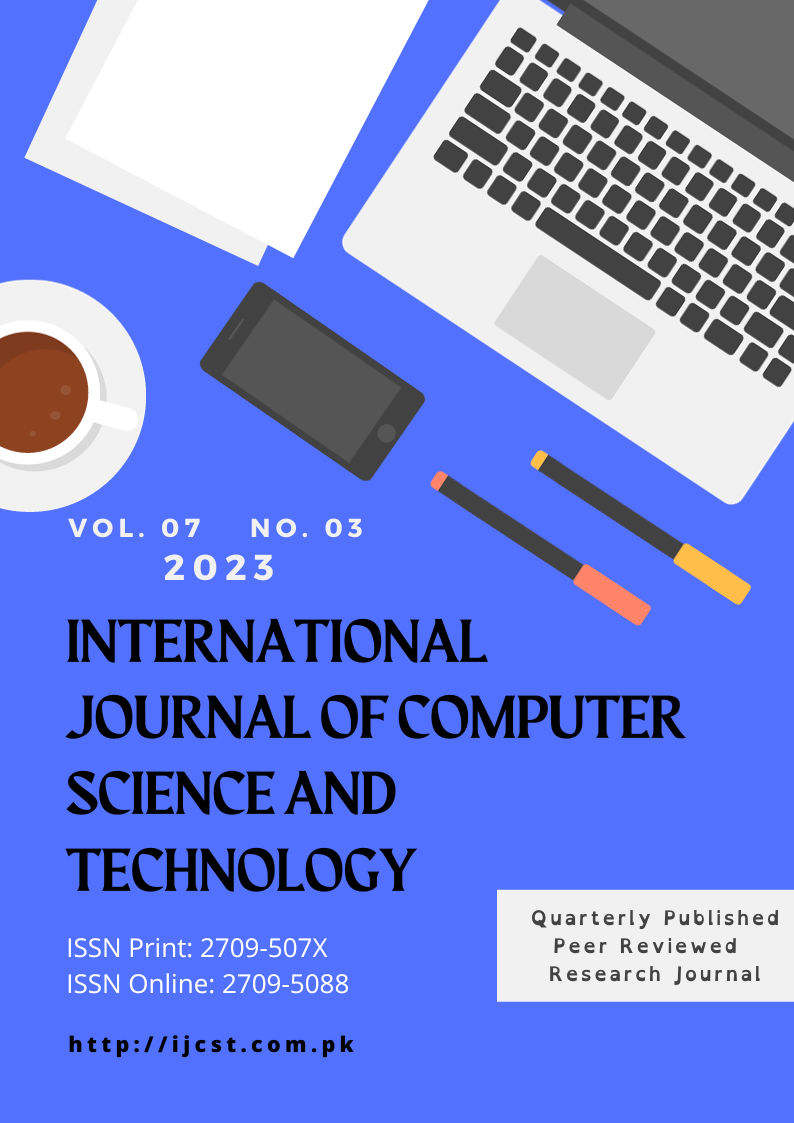Physics-Informed Neural Networks (PINN) in Vortex-Induced Vibration Studies with Tunable Stiffness
Abstract
The study of Vortex-Induced Vibration (VIV) is crucial in various engineering applications, especially in the context of fluid-structure interactions. This paper explores the innovative application of Physics-Informed Neural Networks (PINN) in VIV studies, with a particular focus on systems with tunable stiffness. PINNs, a fusion of deep learning and physical principles, offer a novel approach to simulate and predict VIV behavior with remarkable accuracy and computational efficiency. By incorporating the underlying physics into the neural network architecture, PINNs enable robust predictions, even in cases with limited data. This paper presents key findings, case studies, and insights into the use of PINNs in VIV studies, showcasing their potential in advancing our understanding of fluid-structure interactions and facilitating the design of resilient engineering systems.




